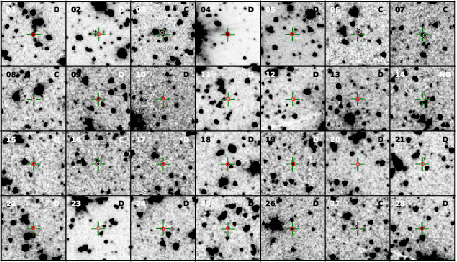DEEP2 Survey
 4140 rest-frame spectra from DEEP2, stacked vertically to visualize
4140 rest-frame spectra from DEEP2, stacked vertically to visualize
Overview
The DEEP2 Survey is an extragalactic survey conducted by the University of California to obtain deep optical spectra for $\sim$50,000 faint galaxies at redshifts of $0 < z < 1.4$. These spectra have provided accurate redshifts for $\approx$40,000 galaxies. While the spectra were primarily used to determine distances/redshifts using two emission lines, a subset of the sample (4,140 galaxies) contains spectral coverage that span 3700–5010 Angstroms, enabling gas-phase chemical abundance determination.
Using the publicly available data, I identified a large sample of 28 galaxies with detection of $[{\rm O~{\small III}}]\lambda4363$, a gas temperature diagnostics.

This work, titled “Metal-poor, Strongly Star-forming Galaxies in the DEEP2 Survey: The Relationship between Stellar Mass, Temperature-based Metallicity, and Star Formation Rate", is published in the Astrophysical Journal.
Spitzer follow-up imaging to characterize stellar population
While the spectra enabled us to characterize the interstellar gas properties of these metal-poor galaxies, understanding the stellar properties of these $[{\rm O~{\small III}}]\lambda4363$-detected galaxies requires observations in the infrared to detect the light from low-mass stars. Using the InfraRed Array Camera (IRAC) on the NASA's Spitzer Space Telescope, I obtained deep imaging at 3.6 $\mu$m.

These observations demonstrated that these galaxies are very faint, and can be classified as “dwarf” galaxies. In addition, our work illustrated a strong evolution in the mass–metallicity relation, $(1+z)^{-1.45^{+0.61}_{-0.76}}$. Specifically, we find that lower mass galaxies ($4\times10^8~M_{\odot}$) built up their metal content 1.6 times more rapidly than higher mass galaxies ($10^{10}~M_{\odot}$). We also found that there is not a secondary dependence on star formation in the mass–metallicity relation.
This work is now published in the Monthly Notices of the Royal Astronomical Society as a first-author paper for Drew Weldon, a former undergraduate astronomy major at the UofA and now attending UC Riverside for graduate school.